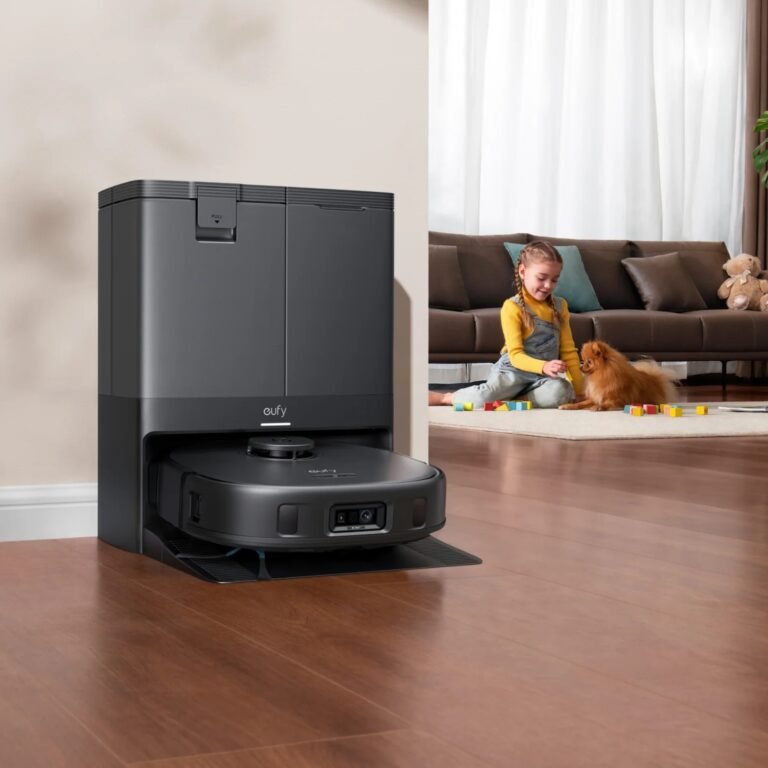Reporting Rental Earnings Through a Partnership? Look for IRS Form 8825
If you’re part of a partnership that generates rental income, understanding IRS Form 8825 is crucial. This form plays a key role in accurately reporting your earnings and deductible expenses. Knowing when and how to use it can significantly impact your tax obligations. Curious about what makes Form 8825 different from other tax forms? Let’s explore that next.
What Is IRS Form 8825?
IRS Form 8825 is a crucial document for reporting rental earnings and deductible expenses from rental real estate activities. If you’re involved in a partnership, S-Corp, or multi-member LLC, you’ll need to use this form.
The IRS Form 8825 helps you determine your net rental real estate income or loss, which is essential for accurate financial reporting. When completing the form, refer to the Form 8825 instructions to gather necessary information like property details, rental income, and expenses.
This form allows you to report your business income effectively and ensures compliance with IRS regulations. Don’t forget, the results will also be reported to your partners on Form 1065 Schedule K, keeping everyone informed.
Form 8825 vs. Schedule E: What’s the Difference?
When it comes to reporting rental income, understanding the differences between Form 8825 and Schedule E is vital for landlords operating under different business structures.
The 8825 form is specifically designed for partnerships and S-corporations, while Schedule E caters to individual landlords or single-member LLCs. One key distinction is that the 8825 form has a single interest category, whereas Schedule E features separate categories for mortgage and other interest.
Additionally, Form 8825 includes a wages and salaries category, unlike Schedule E, which lists management fees. While both forms report similar rental income and expenses, knowing which one to use ensures you comply with IRS regulations and accurately reflect your rental activities.
Who Should File Form 8825?
If you’re involved in rental real estate through a partnership, S-corporation, or multi-member LLC, you must file Form 8825. This form is crucial for reporting your rental income and expenses accurately.
As an owner in these entities, you’re responsible for ensuring that the results from Form 8825 are transferred to Schedule K-1 for your partners. Filing this form helps maintain compliance with IRS regulations and keeps your financial records organized.
It’s essential for capturing the true financial picture of your rental activities, which can influence tax obligations and investment decisions.
What Information Do I Need to Complete Form 8825?
To complete Form 8825 accurately, you’ll need to gather several key pieces of information about your rental properties.
Start with the basic property details, including the name and employer identification number of the entity. You’ll also need the physical addresses of each rental property you own. Categorize each property using the appropriate property type code, such as single-family or commercial.
Don’t forget to track the fair rental days and personal use days for each property, as this information is crucial. Lastly, compile your income and expense data to ensure you report everything accurately.
Having these details on hand will make completing Form 8825 much smoother.
How to Report Rental Income & Expenses with Form 8825
Reporting rental income and expenses with Form 8825 requires careful organization of your financial records. Start by gathering all necessary income and expense information.
In Box 1, list each property’s address. Then, calculate fair rental days and personal use days for each property. Report gross rents in Box 2 and categorize expenses in Boxes 3-15. Make sure to include all relevant costs, such as repairs, management fees, and utilities. Once you’ve totaled your income and expenses, calculate your net income or loss.
Finally, file Form 8825 with your partnership tax return. This thorough approach ensures accurate reporting and helps you maintain compliance with IRS regulations while maximizing your rental deductions.
Importance of Accurate Reporting for Partnerships
Accurate reporting is crucial for partnerships, especially when it comes to rental income and expenses. When you report these figures correctly, you ensure compliance with IRS regulations and maintain your partnership’s credibility.
Misreporting can lead to costly audits, penalties, and strained relationships among partners. By using IRS Form 8825, you provide a clear picture of your rental activities, which keeps everyone informed and aligned.
This transparency not only helps in tax compliance but also strengthens financial decision-making within the partnership. Remember, your financial integrity relies on accurate reporting, so take the time to gather all necessary information and double-check your entries. This diligence protects both your investment and your partnership’s future.
Claiming Deductions to Reduce Taxable Income
Proper reporting not only keeps your partnership compliant but also opens the door for significant tax savings through deductions.
To reduce your taxable income, focus on deducting eligible expenses related to your rental properties. These can include mortgage interest, property taxes, maintenance costs, and depreciation. Additionally, if you pay wages to employees or contractors for managing your properties, those costs can be deducted too.
Always be mindful of the specific guidelines set by the IRS to ensure you’re maximizing your deductions without running afoul of regulations.
Organizing Records for Effective Tax Filing
When it comes to tax filing, organizing your records can make a world of difference. Start by collecting all your income and expense documents related to your rental properties. This includes rental agreements, invoices, receipts, and bank statements.
Create a filing system—whether digital or paper—that categorizes these records by property and type of expense. Regularly updating this system will save you time and stress when tax season rolls around.
Remember to track fair rental days and personal use days for each property, as this information is crucial for Form 8825. By maintaining organized records, you’ll streamline your tax preparation and ensure you don’t miss any deductions, ultimately saving you money.
Resources for Landlords and Tax Professionals
Organizing your records is just the first step in managing your rental properties effectively.
To further enhance your knowledge, consider accessing various resources tailored for landlords and tax professionals. Websites like the IRS offer comprehensive guides on Form 8825 and other relevant tax documents.
Additionally, local real estate associations often provide workshops and seminars to help you stay updated on tax regulations. Don’t overlook professional tax advisors; they can give personalized guidance tailored to your unique situation.
Online forums and communities can also connect you with fellow landlords to share insights and best practices.
Conclusion
In conclusion, using IRS Form 8825 is crucial for accurately reporting rental income in partnerships. By understanding its purpose and requirements, you can ensure compliance and maintain transparency within your partnership. Don’t overlook the importance of detailed record-keeping and claiming deductions to minimize your taxable income. Staying organized and informed will make tax filing smoother and help you navigate any complexities that arise. Always consider consulting a tax professional for tailored guidance specific to your situation.






